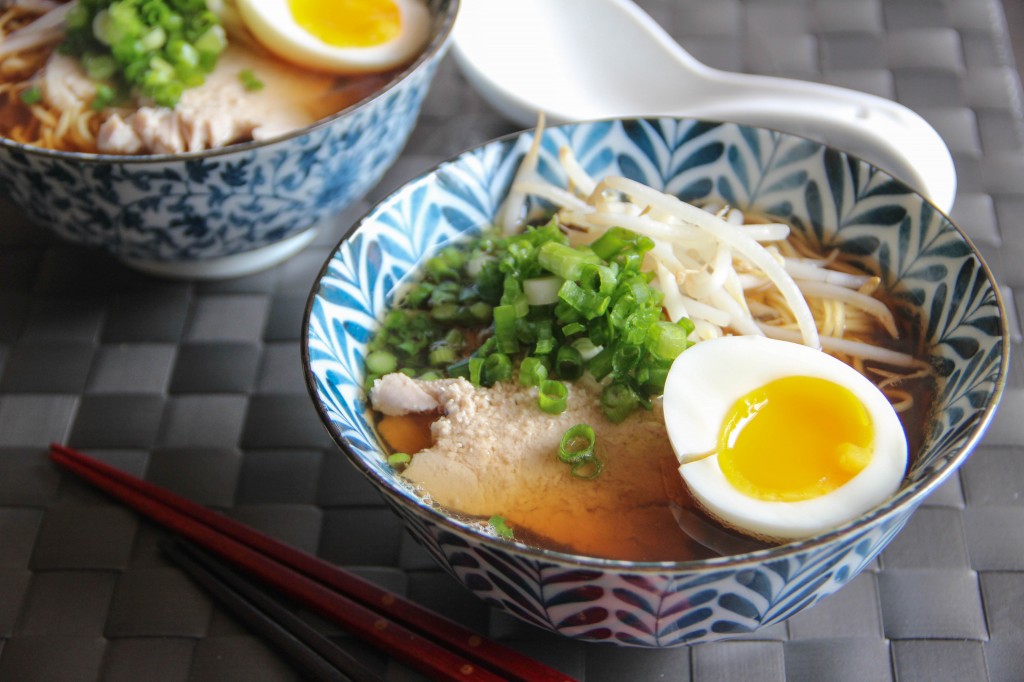Cooked Beef Ramen Noodles Hair Meme
Ramen is a very popular noodle soup in Japan. Ramen noodles are originally Chinese style noodles, but it's been changed and improved over the years, and evolved to our own food.
There are millions of Ramen restaurants in Japan from mom and pop Chinese restaurants in neighborhoods, Ramen street carts open late at night, to sophisticated Ramen specialty shops in cities. People don't mind lining up for hours to get in as long as it's good. Fresh noodles are the best, but another form of Ramen that is very popular is instant noodles. It's become a whole food sub-culture in Japan. There are millions of kinds you can buy at supermarkets. Some are so good that they taste better than bad Ramen shops.
There are two main components in Ramen: noodles and soup. The noodles are called Chinese style noodles (Chuka-men-中華麺), but these are really nothing like Chinese noodles anymore. They are wheat noodles with a firm and chewy texture. The texture is very important because the noodles are in hot soup while eating and might absorb too much soup and become too soft. Unfortunately, it is very hard to find good noodles outside Japan. We tested many kinds you can find in the US, but dried US Chuka-men you can buy at grocery stores are not so great. If you can find dried Chuka-men from Japan, or fresh Chuka-men, use that. We found fresh angel hair pasta, which you can find in the refrigerated section at many grocery stores, is acceptable even though the texture is still softer side. Dried thin spaghetti is also a pretty good substitute for Chuka-men. The key is to boil the noodles in water with baking soda because that gives noodles a distinct Ramen noodle flavor.
The other half of Ramen is the soup. Generally speaking, there are three basic types of Ramen soups: Shyoyu (soy sauce), Miso, and Shio (salt). Usually pork, chicken or seafood broth is used for the base of the soup, and that is then seasoned with soy sauce, miso, or salt. We made the very basic soy sauce flavor soup in this recipe. However, as mentioned above, there are many Ramen shops, and so many combinations of flavors for soups. If you want to play around and experiment, go for it.
You can invest lots of time and ingredients and research complicated and unusual soups, and it is hard to beat Ramen at great restaurants, of course, but our version here is pretty good for homemade Ramen and really very simple to make.
Ingredients
- 1 lb pork
- 1 tsp salt
- 6 cups water (1.5L)
- 50g ginger root, sliced
- 3 cloves garlic, skinned
- 1 bunch green onions
- 4 Tbsp soy sauce
- 2 Tbsp sake
- 1 tsp salt
- 1 tsp sesame oil
- 9 oz fresh angel hair pasta (225g)
- 8 cups water (2L)
- 2 Tbsp baking soda
- boiled egg halves
- bean sprouts, blanched briefly
- green onions, cut finely
Salted pork
Soup
Noodles
Topping
Instructions
- Rub salt on pork and let it sit overnight in the fridge.
- In a pot, put water, ginger root, garlic, green onions and salted pork, and boil at high heat. Skim fat and other floating scums. Then cover, reduce to low heat, and simmer for 1 1/2 to 2 hours. Let the broth and pork cool completely in pot. Strain and save pork. Slice pork and set aside for a topping.
- Prepare the rest of the toppings now as well (boiled eggs, blanched bean sprouts, cut green onions), before making the soup and noodles. Once the noodles are cooked, you will need to add the soup and toppings right away or the noodles will get soft, so you won't have time to prepare the toppings at the end.
- Boil the broth and add soy sauce, sake, salt and sesame oil. Let it simmer at very low heat until noodles are ready.
- In boiling water in a pot, add baking soda (be careful, it may boil over), then add the fresh angel hair pasta. Cook the pasta for 30 seconds, and strain. Immediately divide noodles into bowls and add soup onto noodles. Top with boiled eggs, bean sprouts, green onions and sliced pork.
3.1
https://www.japanesecooking101.com/ramen-recipe/
Copyright © 2012 - Japanese Cooking 101. All rights reserved.

Source: https://www.japanesecooking101.com/ramen-recipe/